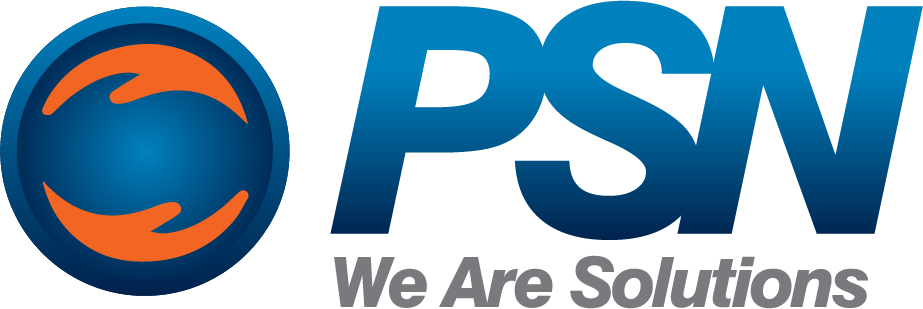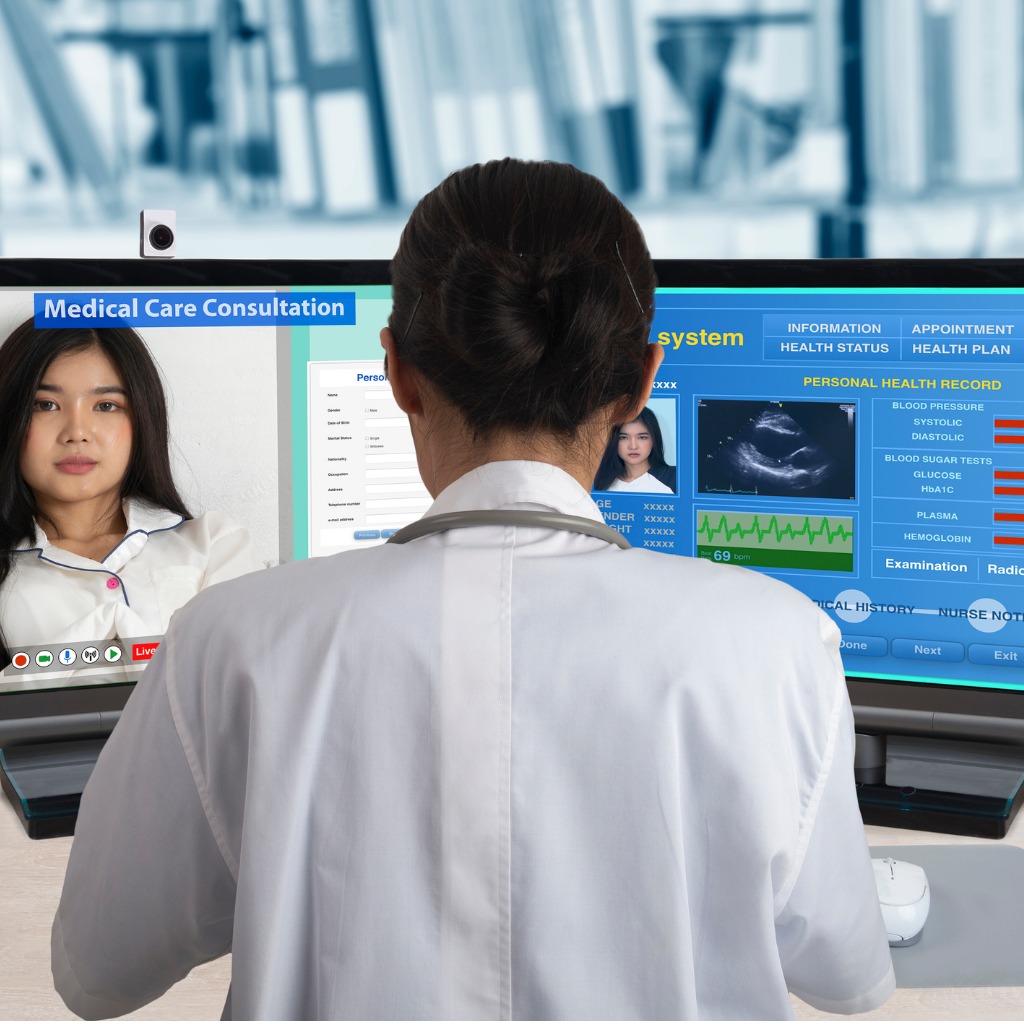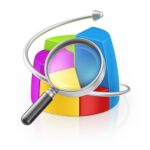Since the early 1990’s, “eHealth” has continued to grow in prominence. E-health encompasses a wide variety of consumer or patient accessible information.
Some examples include telemedicine that includes long distance medical diagnosis and treatment, and electronic health records (EHR) that allows archiving and transmission of patient data between health providers and patient education. The broad goals of eHealth include personal healthcare improvement through the efficient, effective, safe, accessible information using the internet that can influence personal health.
Patient engagement can be viewed broad in scope as it includes efforts by healthcare providers and organizations to ‘engage’ the patient in self-care. On a personal level, attributes of patient engagement include seeking information, actively participating in healthcare activities that assist in health promotion, maintenance or restoration of self-health. The use of the internet and e-health in the promotion, maintenance, or restoration of health self-care is only one way to accomplish the goal of optimizing health.
E-health solutions were made possible by the technological and social advances in computer, computational, and informatics sciences. Evolution of eHealth initiatives have progressed from simply consumers accessing a website for health-related content to engaging in on-line social networking opportunities. Collaboratively patients, consumers, family caregivers, healthcare providers and researchers all share and exchange health information that promote health and personalized healthcare. These include blogs, podcasts, RSS feeds, mobile apps, searches, and surveys. Today, social media provides a support network among individuals with chronic illness or shared health concerns.
Today’s e-health focus of active optimization and of individualized access that is -specific health information generated and disseminated by consumers in maintaining and monitoring their health. Large scale data resources and the capability for integration of personal health information is available through sophisticated computer technologies that allow individuals to not only focus on chronic health management but self-care in health promotion, maintenance and restoration of health. Artificial intelligence, highly populated and participatory software applications, and commercially – based expert systems are accessible to consumers.
With the exponential growth in availability and use of mobile computer devices (smartphones and tablets), m-Health, has emerged. As more and more people have cell phones, laptops, tablets, Apple Watches, and increased speed and access to the internet, the availability of health information is at one’s fingertips – at any time, at any place.
Mobile devices on an everyday basis is widely used to disseminate health related information, provide healthcare services, provide patient information and training, and provide real-time patient monitoring, and patient counseling regarding self-care health management.
The evolving technologies and their byproducts empower patients, providers and administrators and hold a promise of customized and personalized care optimization and better patient-doctor and patient-healthcare system communication.
As technology continues in its development to provide a means for patient engagement, the dynamic of professional nursing practice can be influenced as patients have access to more information regarding their own health, become more literate in and aware of interventions that can promote, support or restore own health. Professional nursing is challenged to keep informed of the current evidence regarding the who, what, where and when as to how patients manage their health. As patients become more informed consumers in meeting their own healthcare needs, the role of professional nursing includes encouraging and supporting this different type of patient engagement through becoming familiar with what the patient knows – in whatever care setting care is received. Patients will also review information that is inaccurate or not have a direct relevance to their conditions; clarification may be needed to help a patient understand relevance or the lack of relevance of health promoting, maintaining or restorative health information.
Technology is an approach to improving access to health care resources and does not supersede patient decision making or replace the independence of the providers’ judgement. The rapid deployment of innovative technology requires professional awareness and competency for informed patient decision making. It is expected that eHealth will continue to make improvements in healthcare and it will be interesting to observe the progression of its effects toward improved health outcomes.
If you are interested in exploring e-health further consider a visit to the following resources:
American Nursing Informatics Association https://www.ania.org
American Telemedicine Association http://www.americantelemed.org
References:
Barello S, Triberti S, Graffigna G, Libreri C, Serino S, Hibbard J and Riva G (2016) eHealth for Patient
Engagement: A Systematic Review. Front. Psychol. 6:2013. doi: 10.3389/fpsyg.2015.02013
Ricciardi L, Mostashari F, Murphy J, Daniel JG, Siminerio EP. (2013). A national action plan to support
About Professional Services Network, Inc.
Professional Services Network, Inc. (PSN) works with clients nationwide in the search and recruitment of experienced healthcare professionals in managed care and clinical roles for temporary assignments and direct hire opportunities. Additionally, PSN’s consultants work with organizations and providers seeking accreditation or re-accreditation with URAC or NCQA. For additional information regarding our services contact us at 301-460-4089 or email us at [email protected].





